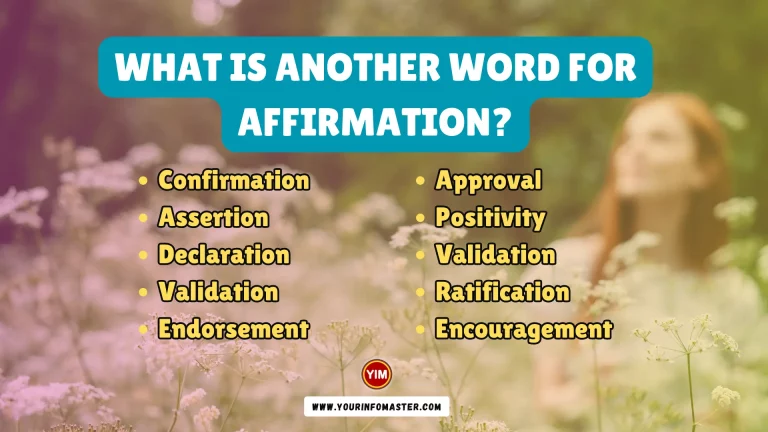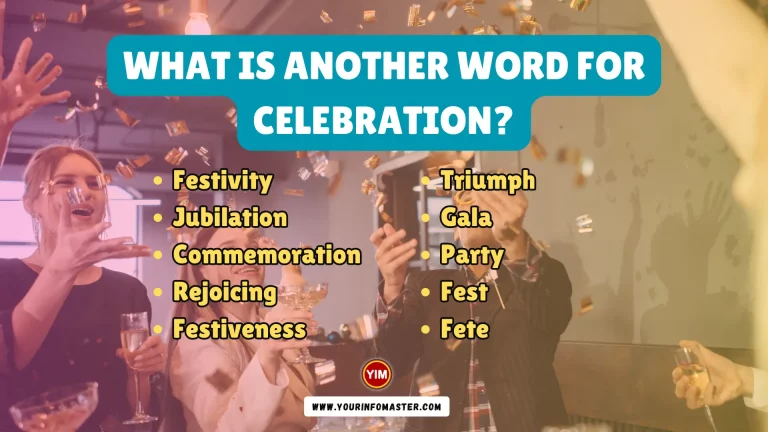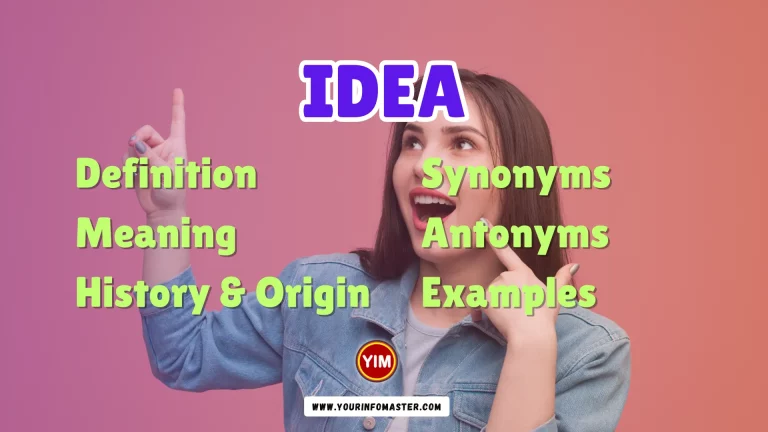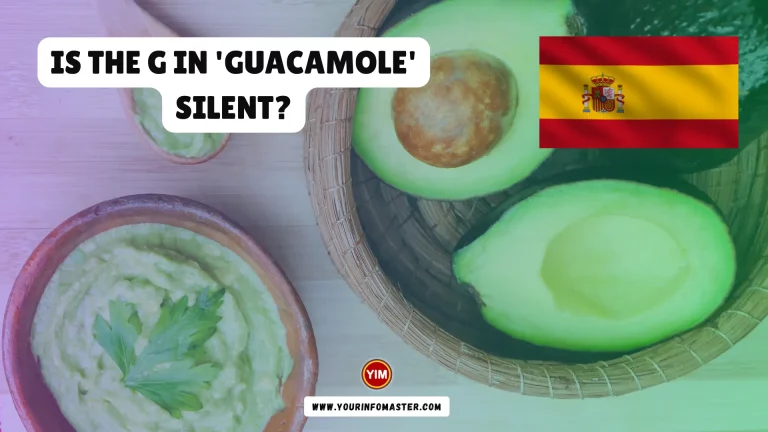In this article I will teach you about Proper Usage of “That” in English?.
The word ‘that’ is a frequent word in English and has various uses. Did you see how ‘that’ was used in the sentence before this one? Here, ‘that’ was used to give more information about something. Sometimes, ‘that’ can be added or omitted from a sentence.
For instance, many English learners are aware (that) you can skip ‘that,’ depending on the situation. This guide about ‘that’ will assist you in knowing when to use it and when you can leave it out.
Also Read: What are the Names of Clothing in Spanish?
‘That’ as a Determiner
The word ‘that’ is used as a determiner at the start of sentences to show a single object that is far from the person speaking. Remember, ‘that’ becomes ‘those’ in plural. ‘That’ and ‘those’ are often paired with ‘there’ to show that the object(s) is far from the speaker.
Examples
- That person over there is my friend Tom.
- That object you’re holding is a pencil.
- That house on the street corner belongs to me.
Also Read: What are Pets in Spanish?
Using ‘That’ as a Relative Pronoun
‘That’ can act as a relative pronoun to join two clauses together. In this role, ‘that’ can be replaced by ‘who’ or ‘which.’
Examples: That = Which
Tom purchased the apples that the vendor was selling.
Examples: That = Who
Peter invited the boy that was new in class.
‘That’ in a Clause as an Object
‘That’ can be utilized in clauses that function as the object of a verb.
Examples
Jennifer hinted that she would be late for class.
After Reporting Verbs
‘That’ can be omitted after reporting verbs such as say (that), tell someone (that), regret (that), imply (that), etc.
Examples
- Jennifer said (that) she was in a hurry.
- Jack told me (that) he wanted to move to New York.
- The boss implied (that) the company was doing very well.
Also read: 10 Facts About the Spanish Language
After Adjectives
Certain adjectives can be followed by ‘that’ when answering the question ‘why.’ However, ‘that’ can be omitted after the adjective.
Examples:
- I’m happy (that) you found a new job.
- She’s sad (that) he’s going to move to New York.
- Jack is anxious (that) he didn’t pass the test.
As Object in Relative Clauses
Using ‘that’ as the object of a relative clause is common, and often ‘that’ can be omitted in this context.
Examples:
- He invited the boy (that) he met on the train.
- Shelly purchased the chair (that) she had seen at the auction.
- Alfred wants to read the book (that) Jane recommended.
Compound Conjunctions with ‘That’
There are a number of compound conjunctions (words that connect) with ‘that.’ These expressions tend to be used in formal English and include:
“in order that,” “so that,” “providing that,” “in case that,” “now that,” “given that”
Examples
- He purchased the computer so that he might improve his typing.
- Susan told him she would marry him providing that he found a job.
- Alice feels happy now that she has moved into a new home.
‘That’ Clause as Subject of a Sentence
‘That’ clauses can function as the subject of a sentence, although this usage is more formal and less common in everyday speech.
Examples:
- That it is so difficult is hard to understand.
- That Mary feels so sad is very upsetting.
- That our teacher expects us to do two hours of homework every day is crazy!
Additionally, a common phrase “The fact that…” is often used to introduce sentences, indicating a similar idea. This phrase is more commonly used than starting a sentence with a ‘that’ clause.
Examples:
- The fact that he wants to see you should make you happy.
- The fact that unemployment is still high proves what a difficult economy this is.
- The fact that Tom passed the test shows how much he has improved.
Also read: Synonyms for Words that start with A
‘That’ in a Clause as a Complement to a Noun or an Adjective
‘That’ can be used in a clause that comes after a noun or an adjective, serving as a complement. This complement provides extra information about the noun or adjective, explaining the “why” behind it.
Examples:
- Peter is upset that his sister wants to drop out of high school.
- Mr. Johnson appreciates our efforts that have brought in a lot of donations.
- She is certain that her son will be accepted to Harvard.
Conclusion
In English, understanding the various ways to use “that” enhances your communication skills. Whether it’s connecting clauses, introducing subjects, or serving as a complement, mastering the proper usage of “that” empowers you to express ideas with precision and clarity.
If you really enjoyed the article “Proper Usage of “That” in English,” then I would be very grateful if you’d help it spread by emailing it to your friends or sharing it on Twitter, Instagram, or Facebook. Thank you!
Have you read “Proper Usage of “That” in English?“ Which of these blogs are you reading, and how is it similar to one of them?
Read More
- Dividing a Word When Writing or Typing
- Basics of Sentence Structures in English
- Basics of Sentence Type for English Learners
- How Do You Writing Descriptive Paragraphs?
- 5 Tips to Improve Writing in English
- 10 Common Sentence Mistakes in English
- Common Spelling Problems in English
- Showing Addition in Written English
- Synonyms for Words that start with E
- Synonyms for Words that start with D
- Synonyms for Words that start with C
- Synonyms for Words that start with B
- 30 Spanish Sayings With English Translations
- 50 Quotes on Love in Spanish that will Melt Your Heart
- 50 Most Famous Spanish Quotes
- 20 Most Famous Spanish Proverbs







